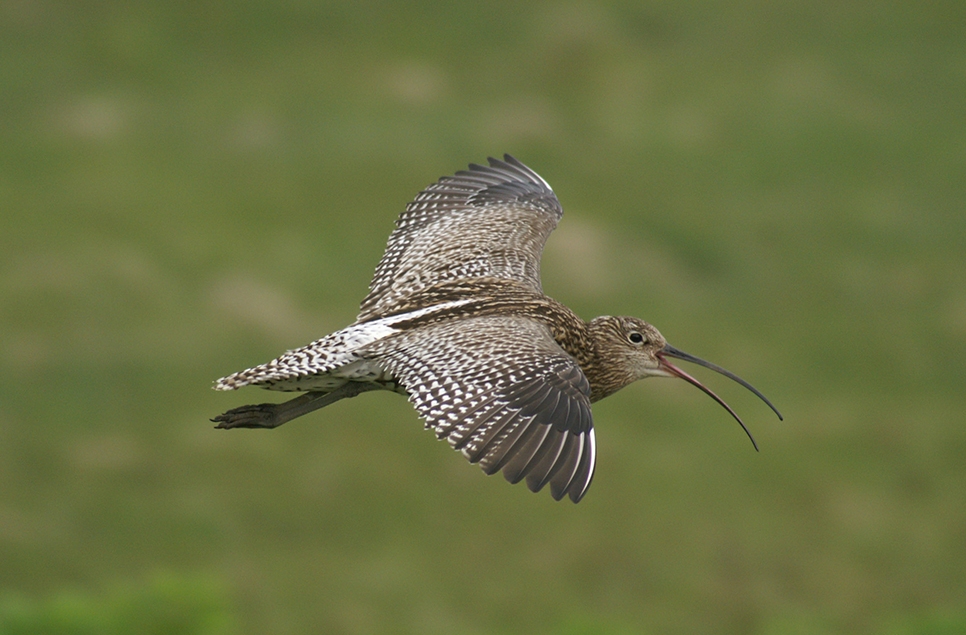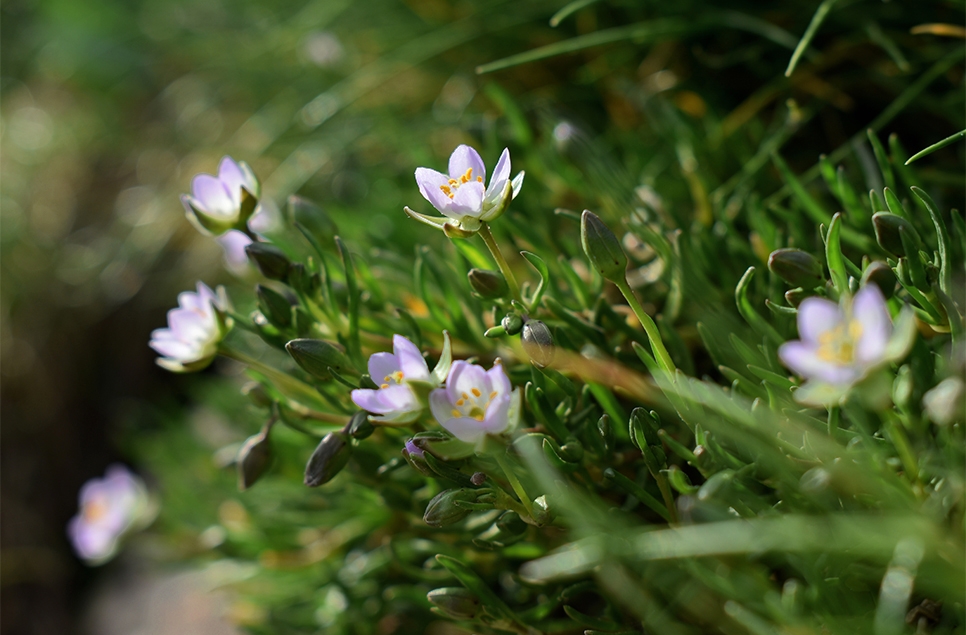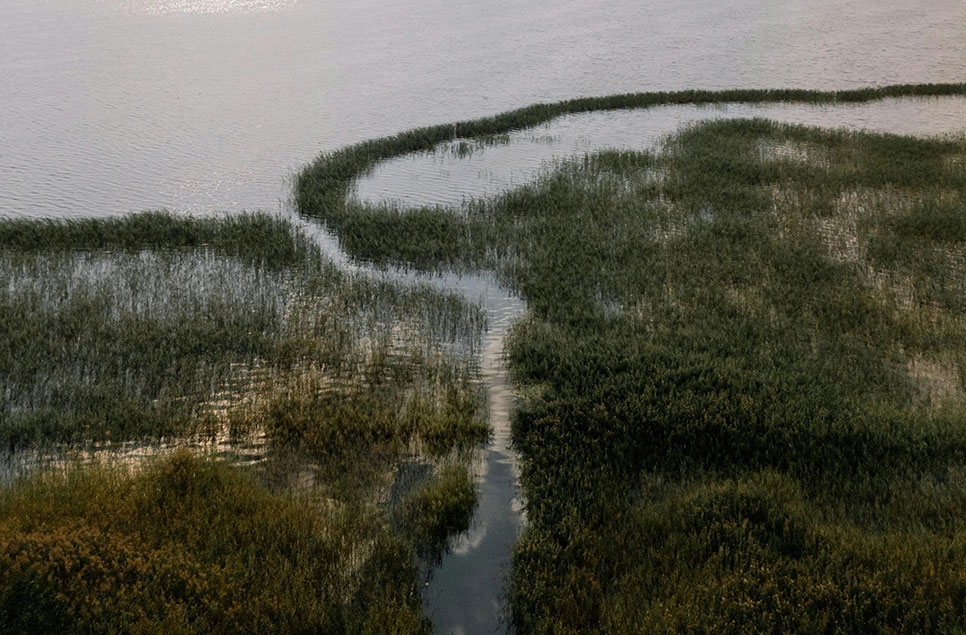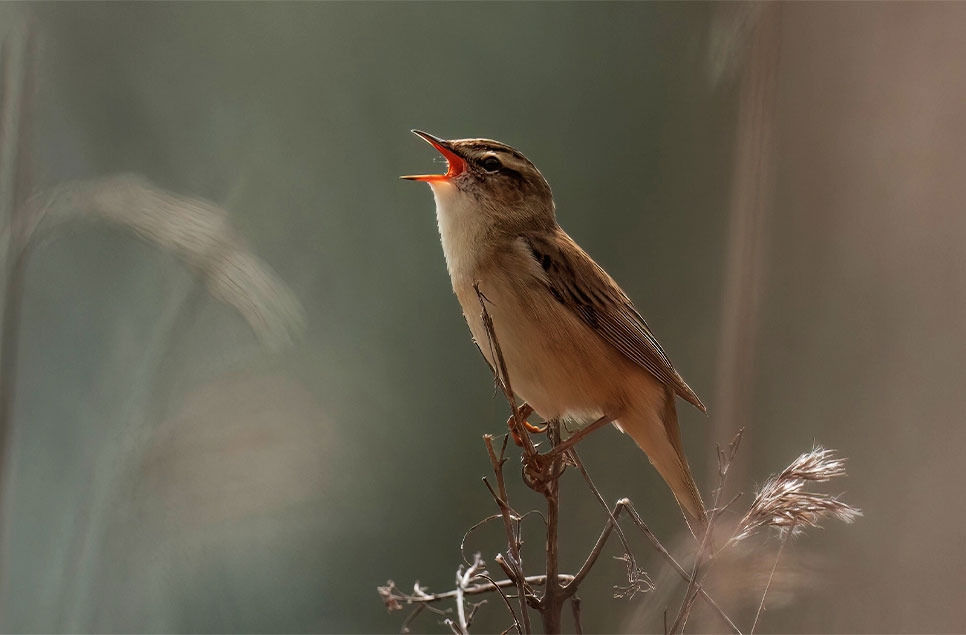Surviving winter: How we give wildlife a spring start
As our overwintering birds get ready to fly back to their breeding grounds, or start to pair up and build their own nests, we take a look at some of the ways our reserve team have kept them safe and healthy over winter, to give them the best chance of br
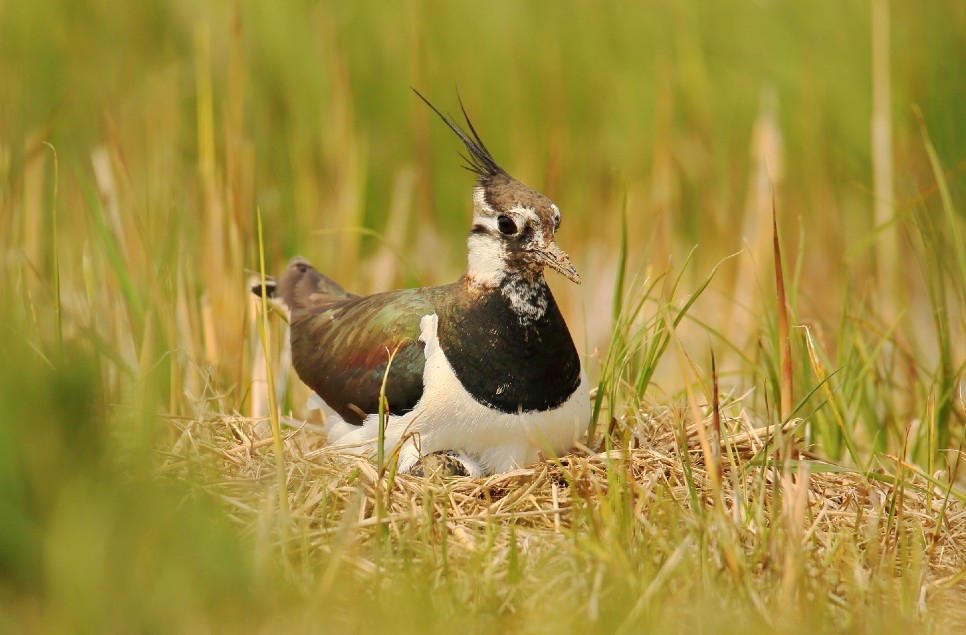
It’s not just our migrating birds that are facing a challenging time. In recent years the breeding rates of many of our UK wading birds have declined too. At WWT we manage 3,000 hectares of prime wetland habitat, much of it designated as nationally or internationally important for wildlife. During the winter months work focuses on improving the chances of a successful breeding season for all wildlife. It’s a busy time for our reserve teams as they prepare the site to support spring’s new arrivals.
Going with the flow
Managing water levels on the reserves is essential during the winter if we are to create ideal wet areas for waterbirds to rest and feed over the winter months. It’s not an easy feat, but through careful reserve design we can direct water where we need to.
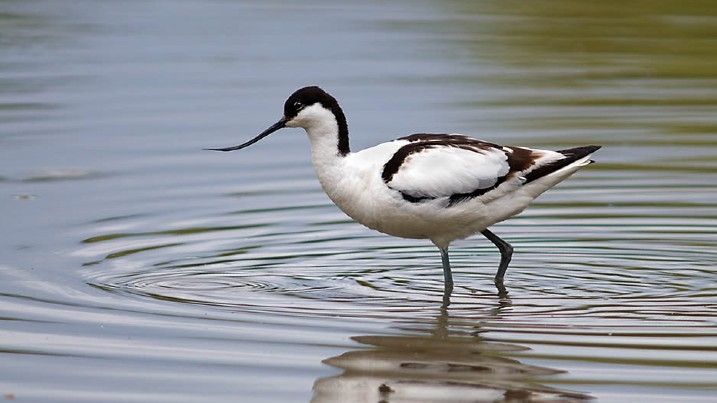
At WWT Llanelli, Reserve Manager, Brian Briggs makes precise adjustments to water levels throughout the year using an ingenious system of sluices. During the winter, water levels are managed in certain areas of the reserve to mimic the natural flooding of lowland wet grasslands in winter. This creates the right habitat for ground nesting waders.
But it’s not just wading birds, our reserve managers have to consider the habitat needs of a diverse range of species. As one of only two ‘National Key Sites’ for water voles in Wales the reserve team at Llanelli have to be careful to keep the site water vole friendly.
Water voles spend the winter months conserving energy and snacking on food they’ve stored during the spring like tubers and rhizomes. They’re particularly vulnerable to predation and extreme flooding, and this has decreased their numbers.
“Unlike ground nesting birds which like shallow margins and the bare mud created by winter flooding and grazing, water voles need steep banks and prefer relatively stable water levels, because floods can fill their burrows. So we try to manage some areas of the site to have as stable water levels as possible, which is more difficult during periods of heavy rain,’ says Brian.
At WWT Steart Marshes, close attention is also paid to water levels. Alys Laver, Site Manager, explains: “To encourage and support wintering birds, water is key,” she says. “Here we're on the estuary, so having tidal mudflats or exposed muddy margins is extremely important. It’s equally important to have safe places for the birds to roost, not only to sleep, but also as a safe haven when there is a massive tide. We're lucky at Steart because we've got three areas, the intertidal area, the regulated tidal exchange area and our freshwater marsh, all quite close together. It means we naturally provide what the birds need,” she says.
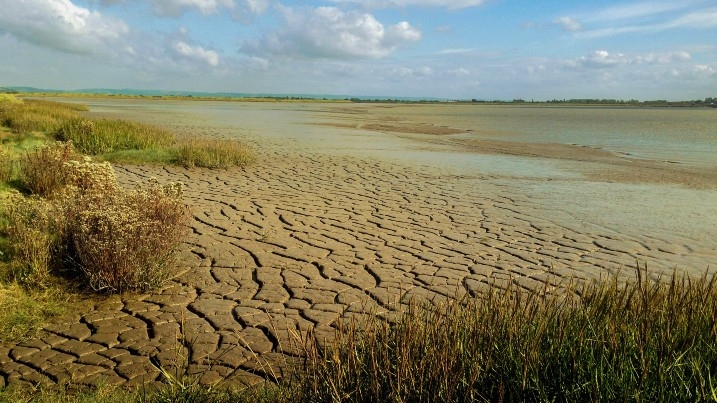
During the summer local livestock graze the freshwater marshes creating microhabitats which are essential for increasing biodiversity. When the livestock are moved at the end of October, the reserve team set to work altering some of the structures to bring the water levels up so fields that are grazed throughout the spring and the summer become a huge lake in the winter. This provides an important place for wintering waterbirds to feed.
Time to cut back
Cutting back small areas of woodland or hedgerow, known as coppicing and pollarding, is one of the biggest winter jobs our teams do to make sure the reserves are ready for spring breeding. It creates new open areas or glades which, due to the extra light, allows plants to flourish such as grasses and wildflowers. This creates an essential cycle of biodiversity. Caterpillars can feed on the wildflowers and grasses that have been stimulated to grow due to the coppicing and pollarding, and so butterfly species and numbers can increase. The regrowth creates habitat for insects, which in turn provides food for small mammals and birds. In spring birds such as blackbirds, robins and wrens will nest in the dense regrowth.
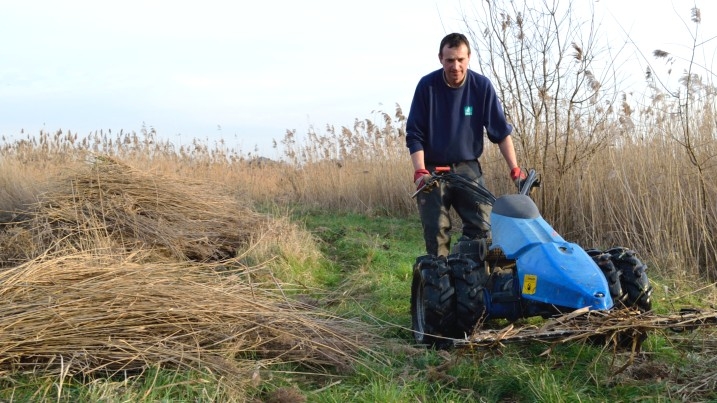
We also manage reed growth on many of our reserves to ensure a good breeding site for some of our most important waders. Creating the right habitat for breeding waders is more challenging than it is for the overwintering birds. Damp grassland is a very important breeding habitat for lapwings, curlews, redshanks, snipe, reed buntings and a number of other ground-nesting birds. Reeds tend to grow freely in these damp areas and if the reeds are allowed to get too big, the birds are put off nesting because they can’t see predators.
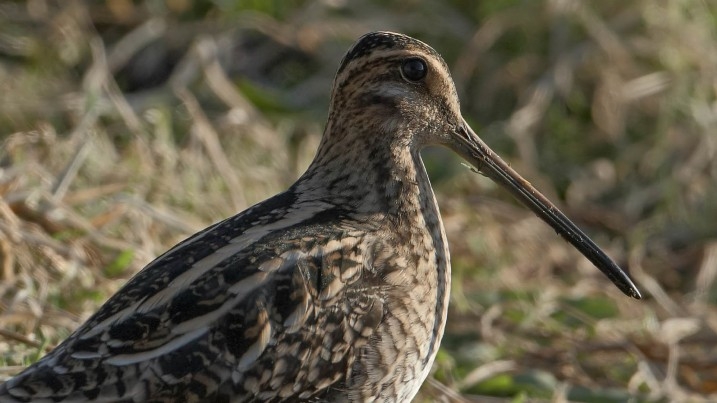
A place to call home
During the winter months we create nesting boxes, these are favoured by birds that like to nest in quirky places, like shelduck. These colourful favourites like to nest underground in rabbit holes as it keeps them safe from predators. The nest boxes at WWT Martin Mere entice around 100 breeding pairs of shelduck to the reserve each year. This technique has also been successful for other wetland birds including willow tits that like to nest in tree holes.
We also created shingled islands on many of our reserves. Avocets, little ring plover and oystercatchers do particularly well on these sites, as well as gull species. The islands provide a safe, quiet spot for roosting. Wintering birds tend to sleep more in the day and do most of their feeding at night, so it’s important to minimise disturbance.
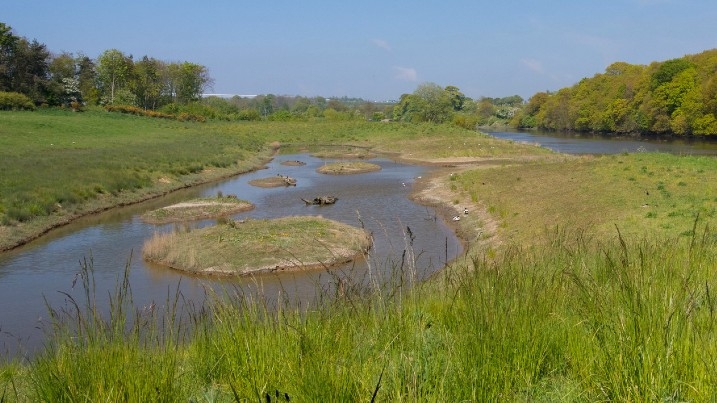
Management of the saline lagoons is important too. We regularly test levels of salinity to make sure these essential habitats are balanced. If they get out of balance we risk losing the vertebrates that live in them. Saline lagoons are one of our most specialist habitats, they are also disappearing fast.
This year at WWT Steart Marshes improvements have focused around ditches and the creation of scrapes. “We've put in additional scrapes, particularly to benefit wintering snipe but also hopefully in the future, potential breeding snipe, redshank and lapwing. We did the same thing by putting in gripes, long linear features that come from our ditches and go out into the fields. We also graded a lot of our ditch edges so that as water levels are drawn down the birds can feed along them,” says Alys.
Well-fed wildlife
During the winter food can be scarce for wildlife. Extra seed and fat is put out for the birds, as it’s essential that they keep their energy reserves built up during cold weather. Our famous swan feeds, run throughout the winter, allow visitors to find out all about the birds that are overwintering at the reserves, but they’re also an essential part of our winter care. Ensuring the birds are well fed will support their upcoming migration and breeding season.
Visit a wetland reserve
Whatever the season, there’s always a buzz in the air and life to be found at our reserves, often red listed species that need this kind of habitat.
Find your nearest centre
Thanks to the support of players of People’s Postcode Lottery, we are able to continue to carry out essential work such as the above, to keep our reserves in the best possible condition for people and for wildlife. Player support has meant WWT has received £3,825,000 to date.
